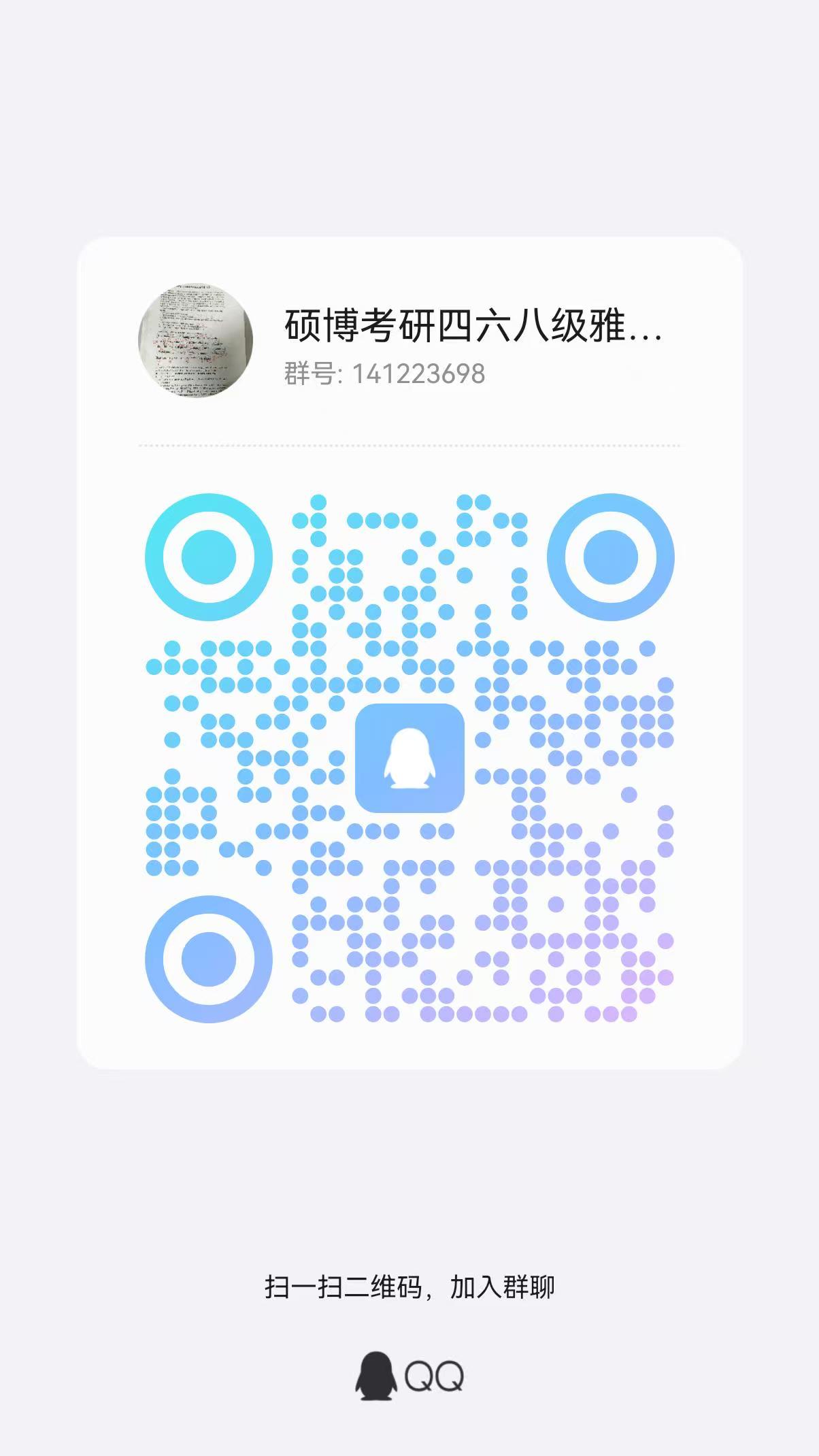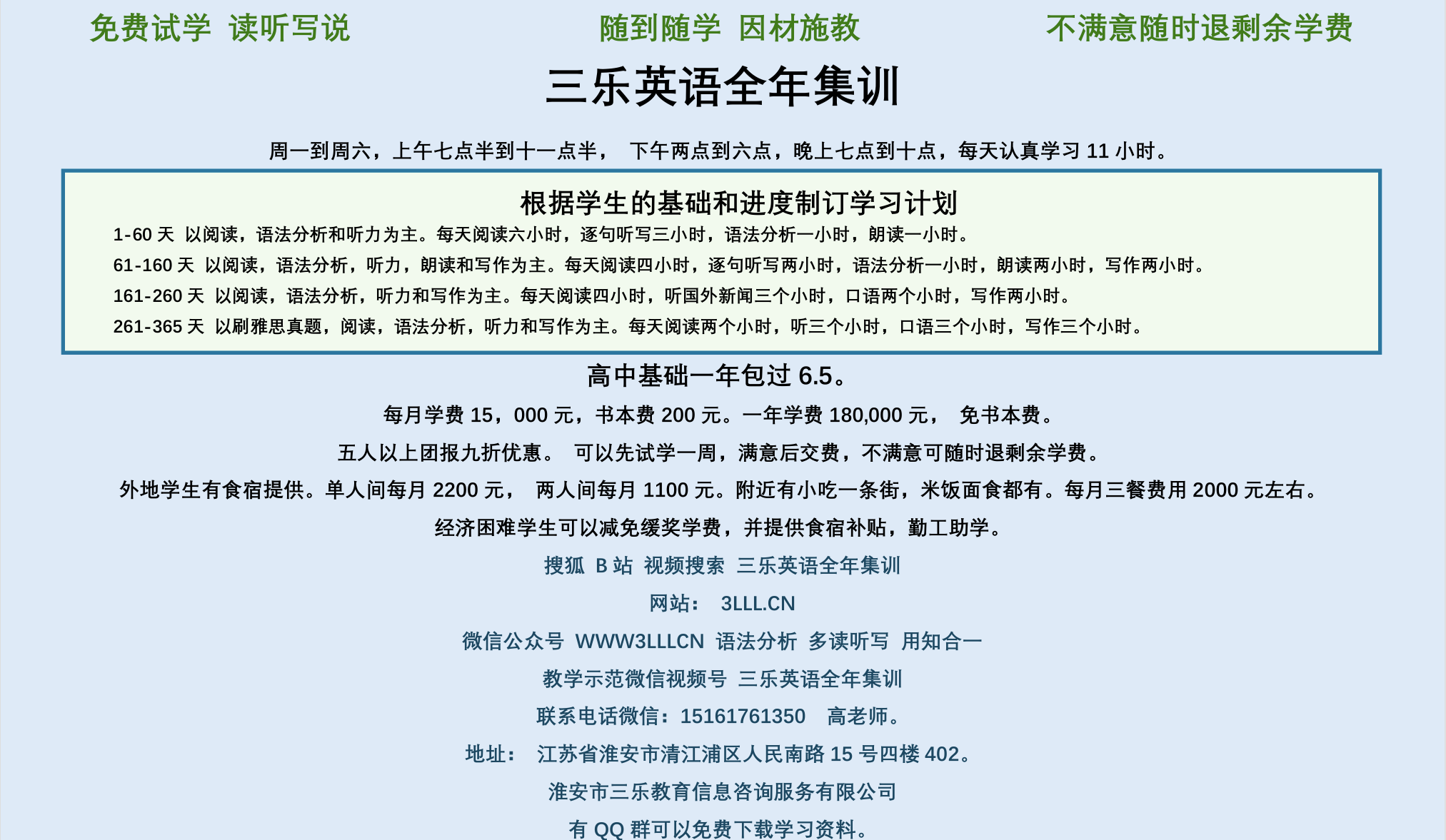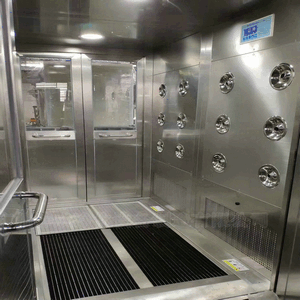🗣 SL提问: ai translation
✍️ Ai批改: AI translation, also known as machine translation, is the process of using artificial intelligence (AI) and machine learning algorithms to translate text or speech from one language to another、Here's an overview:
Types of AI Translation:
1、Rule-based machine translation (RBMT): Uses pre-defined rules and dictionaries to translate text.
2、Statistical machine translation (SMT): Analyzes large amounts of data to identify patterns and relationships between languages.
3、Neural machine translation (NMT): Uses deep learning techniques, such as recurrent neural networks (RNNs) and transformers, to learn the relationships between languages.
How AI Translation Works:
1、Text analysis: The AI system analyzes the input text to identify its meaning, context, and nuances.
2、Language modeling: The system uses statistical models or neural networks to generate a translation based on the analyzed text.
3、Post-processing: The translated text is refined and polished to ensure accuracy, fluency, and coherence.
Benefits of AI Translation:
1、Speed: AI translation is much faster than human translation, making it ideal for large volumes of text or real-time translation needs.
2、Cost-effective: AI translation can reduce the cost of translation services, especially for simple texts or routine communications.
3、Scalability: AI translation can handle a wide range of languages and text types, making it a versatile solution.
Challenges and Limitations:
1、Accuracy: AI translation may not always capture the nuances of human language, leading to errors or inaccuracies.
2、Contextual understanding: AI systems may struggle to understand the context, idioms, and cultural references in the text.
3、Language complexity: AI translation may not perform well with languages that have complex grammar, syntax, or writing systems.
Real-world Applications:
1、Google Translate: A popular online translation tool that uses AI to translate text, speech, and web pages.
2、Language translation software: Many software applications, such as Microsoft Translator and DeepL, use AI translation to provide instant translation services.
3、Virtual assistants: AI-powered virtual assistants, like Amazon Alexa and Google Assistant, use translation capabilities to communicate with users in multiple languages.
Future Developments:
1、Improved accuracy: Advances in AI and machine learning are expected to improve the accuracy and fluency of AI translation.
2、Multimodal translation: Future systems may integrate multiple modalities, such as text, speech, and images, to provide more comprehensive translation services.
3、Specialized translation: AI translation may become more specialized in specific domains, such as medical or technical translation, to provide more accurate and nuanced results.
Overall, AI translation has made significant progress in recent years and is expected to continue improving, enabling more efficient and effective communication across languages and cultures.
0
IP地址: 176.105.0.195
搜索次数: 30
提问时间: 2025-04-12 18:47:28
❓️ 热门提问:
黄金珠宝排行榜前十名品牌
kvb外汇平台官网
天工ai搜索引擎
750k金回收价
济南院子开盘价
15吨黄金值多少人民币
老庙黄金产品
详细介绍域名www.oppo.cq.cn的含义、价值与适合的行业。
安检门能检测黄金吗
伦敦金那个平台正规
豌豆Ai站群搜索引擎系统
🤝 关于我们:
三乐Ai
作文批改
英语分析
在线翻译
拍照识图
Ai提问
英语培训
本站流量
联系我们

🔗 友情链接:
Svensk sökmotor
广州高效过滤器厂家
ai提问
📢 温馨提示:本站所有问答由Ai自动创作,内容仅供参考,若有误差请用“联系”里面信息通知我们人工修改或删除。
👉 技术支持:本站由豌豆Ai提供技术支持,使用的最新版:《豌豆Ai站群搜索引擎系统 V.25.05.20》搭建本站。

















